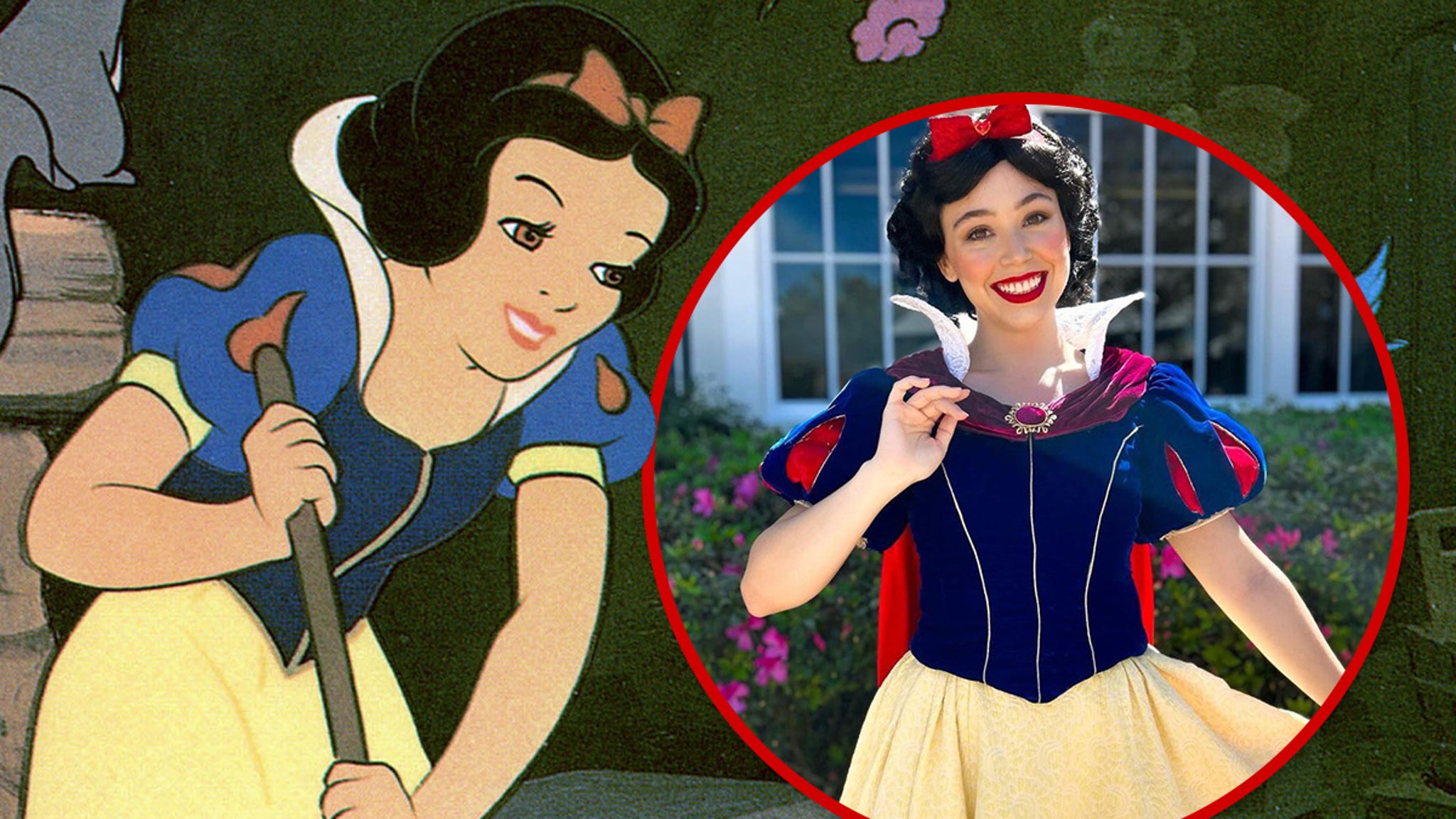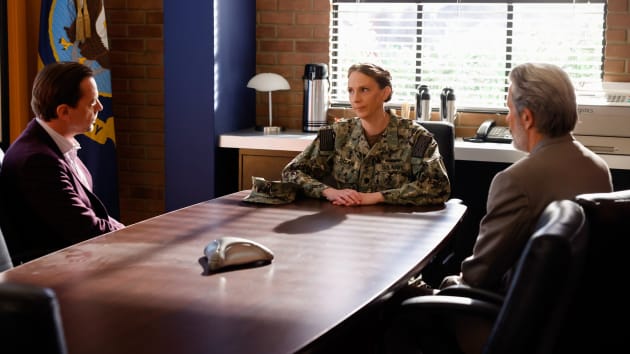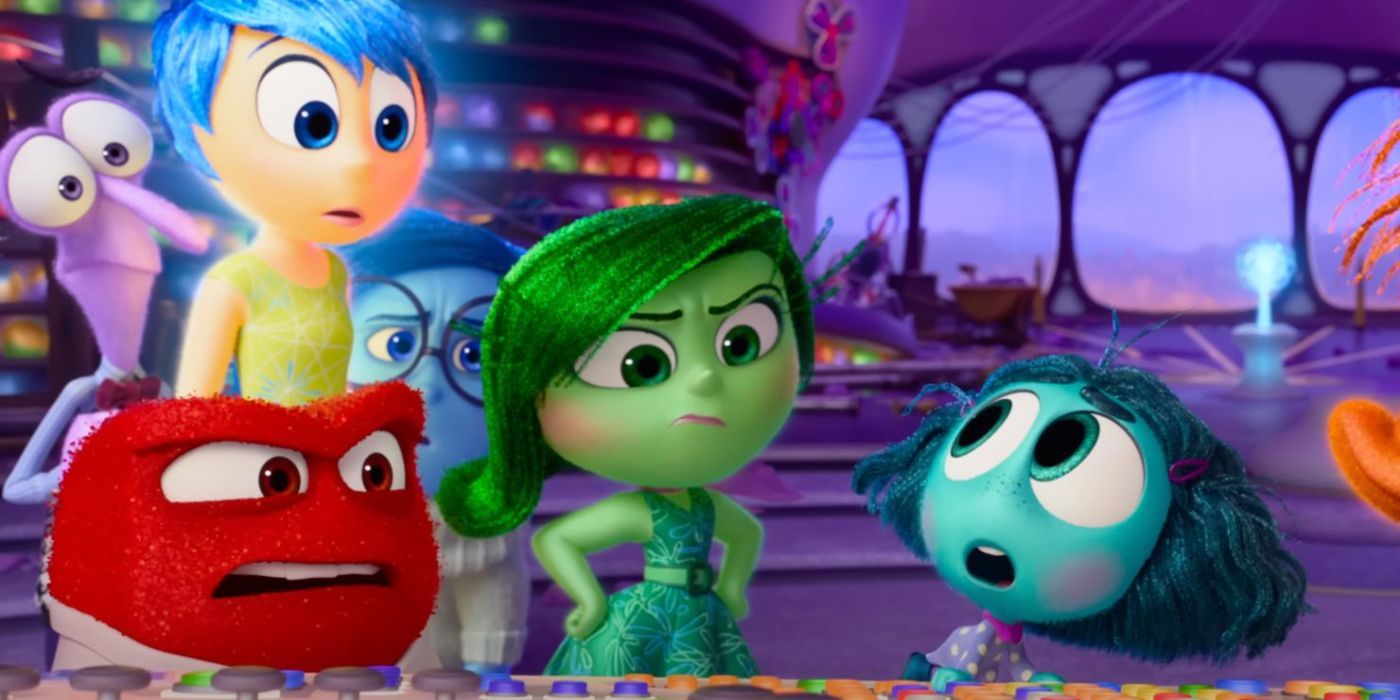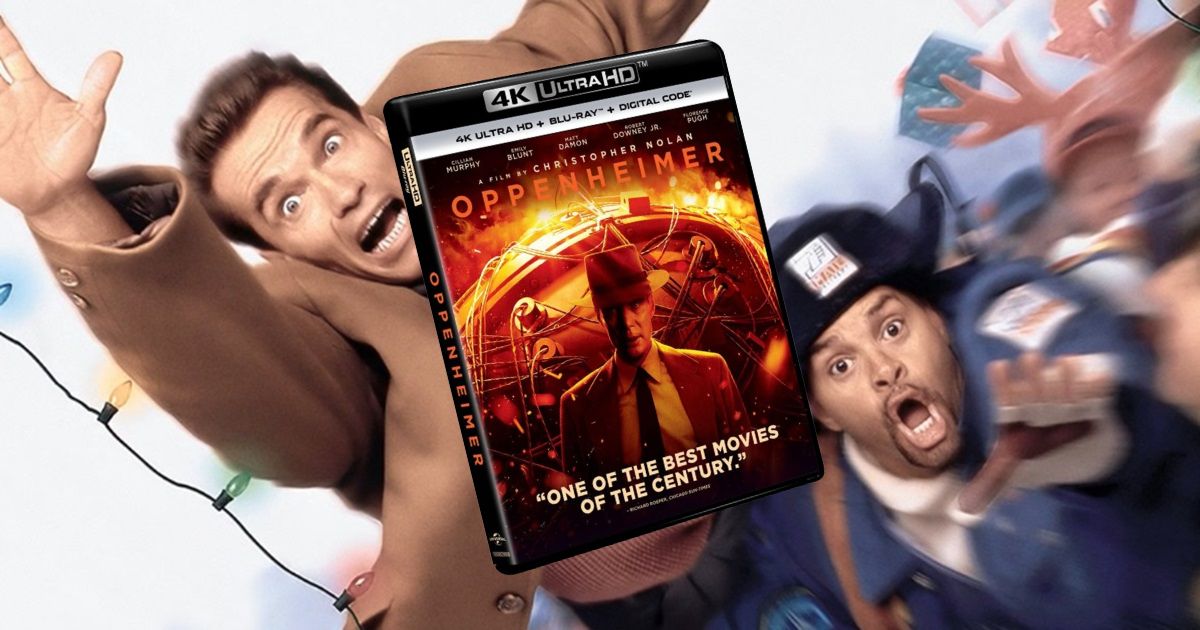When the pandemic hit in March of 2020, I needed a heroine. I’d been thinking a lot about swashbuckling women on screen and determined seek them out. Sadly, they are few and far between. There is Geena Davis’ unjustly maligned “Cutthroat Island,” and my old favorites “Frenchman’s Creek” and “The Prince Who Was a Thief.” There is no film with an antiheroine quite as thrilling as “The Wicked Lady.” I discovered the amazing “Anne of the Indies” with Jean Peters and roiling divisive gender issues on the high seas, and two other films with courageous heroines: “Buccaneer’s Girl” with Yvonne DeCarlo and “Princess of the Nile” with Debra Paget. I rediscovered a couple of Maureen O’Hara features, “Against All Flags” and “At Sword’s Point,” which I want to like more than I actually do.
Adventure films have typically used women as ornament and reward. Sometimes, a woman is “sassy” or a “spitfire,” which means eventually she needs to be humbled, and probably spanked, to reinforce her childlike status and submission to the hero. If she dresses in men’s attire, she’s redressed, literally, and schooled in proper, submissive femininity. Of the five female swashbucklers discussed here, four gain their power partially through male clothing, and the other belongs to a culture that has a more expansive view of gendered attire. Now, the situation for women action heroes is a little different. There is “Wonder Woman” and “Captain Marvel” for a little gender equity. Yet while the “badass” woman action hero is becoming a new cliché, her invincible fighting skills and formfitting attire somehow still are meant to flatter the male gaze.
I was thrilled to discover the rule-breaking “Anne of the Indies” (1951). Historically, there were a lot of women who dressed as men to go to sea (although how they kept their secret in the close confines of a ship I can’t imagine) and there were a handful of female pirate captains pillaging across the globe. Cinematic Anne (Jean Peters) is loosely based on a real pirate, Anne Bonney.
There is a lot to unpack in the 81 minutes of “Anne of the Indies”; the twists and turns of the plot are unpredictable. Dialogue emphasizes “acting like a man” or “acting like a woman” but Anne cannot be easily boxed in.
For the first half of the film, she is a standard pirate: ruthless, brave, canny; we meet her as she makes her captives walk the plank to their deaths. Piracy is the family business; she and her brother were raised by Blackbeard and have followed in his footsteps. Unlike many other classic Hollywood era female movie pirates, she is totally deglamorized. No push-up bra or low necklines, minimal make-up, no red lipstick. Unplucked eyebrows! Her shoulder-length hair is tousled. Her clothes are loose, and don’t differ much from the male sailors’. Her crew is loyal; there is no muttering about having to take orders “from a wench.”
When she spares her captive, Pierre, from walking the plank, her attraction to him presages her downfall. She dons a golden gown (as pirate loot is often gold) and you really sense Anne’s confusion about her sudden sexual desire for Pierre, played by Louis Jourdan, a cut above the usual B picture leading man. He doesn’t seem entirely trustworthy. Still, it’s shocking when it turns out that Pierre is not the hero of the film, as the contemporary reviews would have it, but the villain! He betrays Anne, only pretending to love her. He’s already married, to prissy Debra Paget, and the couple’s wedded self-righteousness is infuriating. When Anne strands the noble pair on Dead Man’s Cay, everyone is shocked. She’s a woman; a pirate might do that, but not a woman! She agonizes over her decision, but Pierre is a terrible person. An homme fatale. Romantic love is a trap, not a reward.
“Cutthroat Island” (1995) has been unjustly maligned as the film which bankrupted its studio, Carolco, and ruined the career of its star Geena Davis. Honestly, it takes more than one over-budget film to cause such massive financial disaster. Contemporary reviewers felt this film confirmed pirate movies, typically made for children, were headed for Davy Jones’ Locker. Clearly, the film was ahead of its time: Captain Morgan Adams is perfect for this early 21st century moment. Referencing themes and scenes from “Treasure Island” and “Captain Blood,” it fuses the historical swashbuckler with the explosive 1980s–90s action movie template. Morgan, like Anne, fights her own battles and she’s shown to be physically superior to her male counterparts. Like a male hero, she is the only one capable of defeating the arch villain. With its humor and love for the extravagant action sequence, it’s a clear inspiration for Disney’s blockbuster “Pirates of the Caribbean” films.
Predictably, most of the negative reviews in 1995 were by men, who didn’t want a movie with a female pirate captain. Sound familiar? Female actors have chafed against wan girlfriend and wife roles since the dawn of the movie era. But, when the man plays the subordinate role, like Matthew Modine does here, critical knives were sharpened. Geena Davis revels in thrilling stunt work and the practical special effects. There is sword fighting, an amazing chase involving a galloping carriage. She rides horses, swings off cliffs and from chandeliers. Morgan can code switch, dressing as a woman to use her seductive charms to gain an advantage, or in men’s clothes to swing into battle. There is no punishment visited on her for her masculine mufti, but who is to say which gender’s clothes are the disguise? “Cutthroat Island” is the film for all the girls who didn’t want to be rescued by Captain Blood, but to be Captain Blood. And it’s fun. What more do you want from a pirate movie?
In “Frenchman’s Creek” (1944), set in 1668, a restless wife escaping stifling London society and her dissolute husband flees to the family’s remote Cornwall mansion, where she meets and runs away with a dashing buccaneer. It’s hotsy-totsy for a pirate movie; Fontaine dresses up as a cabin boy and experiments with gender fluidity and sexual freedom.
“Frenchman’s Creek” was written by Daphne du Maurier, best known as the author of Rebecca. She was a fascinating person. As a child, Daphne du Maurier felt that she was really a boy, a conviction dashed by puberty. Eventually, she “put the boy in a box” and decided to do the conventional thing and get married and have children. Du Maurier was attracted to women, and likely had at least one meaningful same sex affair. Her family had bought a second home in Cornwall, and Daphne became intrigued by a magnificent old house called Menabilly, hidden amidst the woods and gardens, but facing the sea. With the profits from Rebecca, she rented Menabilly, which she seemed to love more than any of the people in her life. Her devotion to this coastal refuge triggered romantic pirate fantasies, but, of course, it is Rebecca’s Manderley, as well.
Mitchell Leisen was “Frenchman’s Creek”’s director. He was gay and took great care with the lavish production design and spectacular costumes, including some oddly erotic pirate garb for Captain Aubrey. Many reviews rejected Mexican star Arturo de Cordoba as Dona’s lover. Perhaps it was racism on the part of the critics, or perhaps they entirely missed his appeal. Cordova is earthy and passionate, with a poetic side to his adventurousness. His welcoming of Dona’s disguise as a boy, and their clear enjoyment of some sexy time in the captain’s cabin (in defiance of the Production Code) is rather pleasantly shocking. If his acting style is “un-Hollywood,” that only serves to underline Dona’s attraction to a dangerous outsider. “Frenchman’s Creek” vibrates with sublimated queer energy.
There’s no one quite like Barbara in the British film “The Wicked Lady” (1945). From the start, you see that she is not just naughty but evil and destructive, and yet you root for her devious, patriarchy-skewering ways. She’s played by Margaret Lockwood, best known as the plucky heroine of Alfred Hitchcock’s “The Lady Vanishes.”
Like “Frenchman’s Creek,” “The Wicked Lady” is set during the Restoration, an era of history shadowed, not just by the Civil War which tore England apart, but the Great Plague (1665) and the Great Fire (1666) and echoes the enormous conflict in which Great Britain had just (barely) survived, causing so much grief and devastation. This film evokes the freedom that women had with the men away during WWII. They were doing men’s jobs and wearing men’s clothes, and their independence often included sexual freedom. Before WWII, “nice” girls didn’t have affairs before they were married, but the trauma of the war changed that. Women were reluctant to relinquish it all when the “boys” came home.
The appeal to female audiences was brashly apparent, despite scornful reviews from (usually male) critics. Barbara, from the very beginning, does not take “no” for an answer. She steals her best friend’s fiancé when she arrives as her “maid of honor.” Quickly bored with country life, she gambles recklessly and loses a valued brooch at cards. She hears stories about a notorious highwayman, Captain Jackson, and impersonates him by robbing coaches at pistol point, in order to regain her jewels. When she encounters the real Captain Jackson (James Mason), they take to one another immediately, and begin an interlude of thievery, polished off with a romp in bed at the local inn. Her thrill seeking escalates and she clashes even with her partner. Clearly, she’s lost all boundaries in continuing to commit her crimes, and her end is foreshadowed (after all the film is based on a best seller called “The Life and Death of the Wicked Lady Skelton”). Lockwood may resemble Vivien Leigh’s Scarlett O’Hara in her hair and make-up, and in her characters’ outrageous selfishness. But there is one big difference: Scarlett doesn’t murder Rhett Butler.
“Arabian Nights” movies were a great favorite in our household when my daughter was growing up. They have an enchanting fairy tale vibe to them, and usually had very assertive heroines (in sensational costumes), often played by Maureen O’Hara (again!), who starred in “Bagdad,” “Sinbad the Sailor,” and “Flame of Araby.” By far, the favorite was “The Prince Who Was a Thief” (1951), set in 13th century Tangiers. Improbably, it’s adapted from a story by early 20th century American realist writer, Theodore Dreiser (“An American Tragedy”).
Tony Curtis plays Julna, his first leading role. Curtis wanted nothing more in his life to be a movie star, and he gives it his all. He fences, rides, swims, and scales palace walls, and the camera caresses his half naked body as he scorches the screen with his brazen charm. Opposite him is feisty teen Piper Laurie, best known, perhaps, as Carrie’s crazy mom in the horror classic. They are completely adorable together.
Jack Shaheen, author of Reel Bad Arabs, was the gatekeeper for movies with Islamic stereotyping. He was willing to give the Arabian Nights tales a pass, because all the characters are Arabs, as long as the epithets and anti-Islamic cursing were kept to a minimum. This film shows an Arab character freeing other Arabs from oppression. There is Arabic writing, and a few Arabic words spoken (shaitan, for devil or demon). He also endorses some films in which heroic Arab characters are played by glamorous American movie stars. These tales have a tradition of brave and clever heroines (think Scheherazade). True, Laurie’s Tina speaks in an annoying childish third person, and has a little hat like a monkey, but without her wily street smarts, this prince has no chance of regaining his kingdom.
Perhaps the Pandemic is easing, and all the rabbit holes we’ve fallen down these last couple of years will soon seem less compelling. Still, a passion for female heroes, in transporting escapist entertainment, is a quest worth continuing.
Laura Boyes hosts the Moviediva Film Series at the Carolina Theatre of Durham (NC) and writes at www.moviediva.com
You can view the original article HERE.








:quality(85):upscale()/2024/04/18/908/n/1922283/0cf3ac226621870c33bf10.81326158_.jpg)















:quality(85):upscale()/2024/04/22/180/n/1922564/e053c58d662729043635a3.53124429_.jpg)

:quality(85):upscale()/2024/04/21/734/n/1922564/725659a7662540c434a026.79322351_.jpg)
